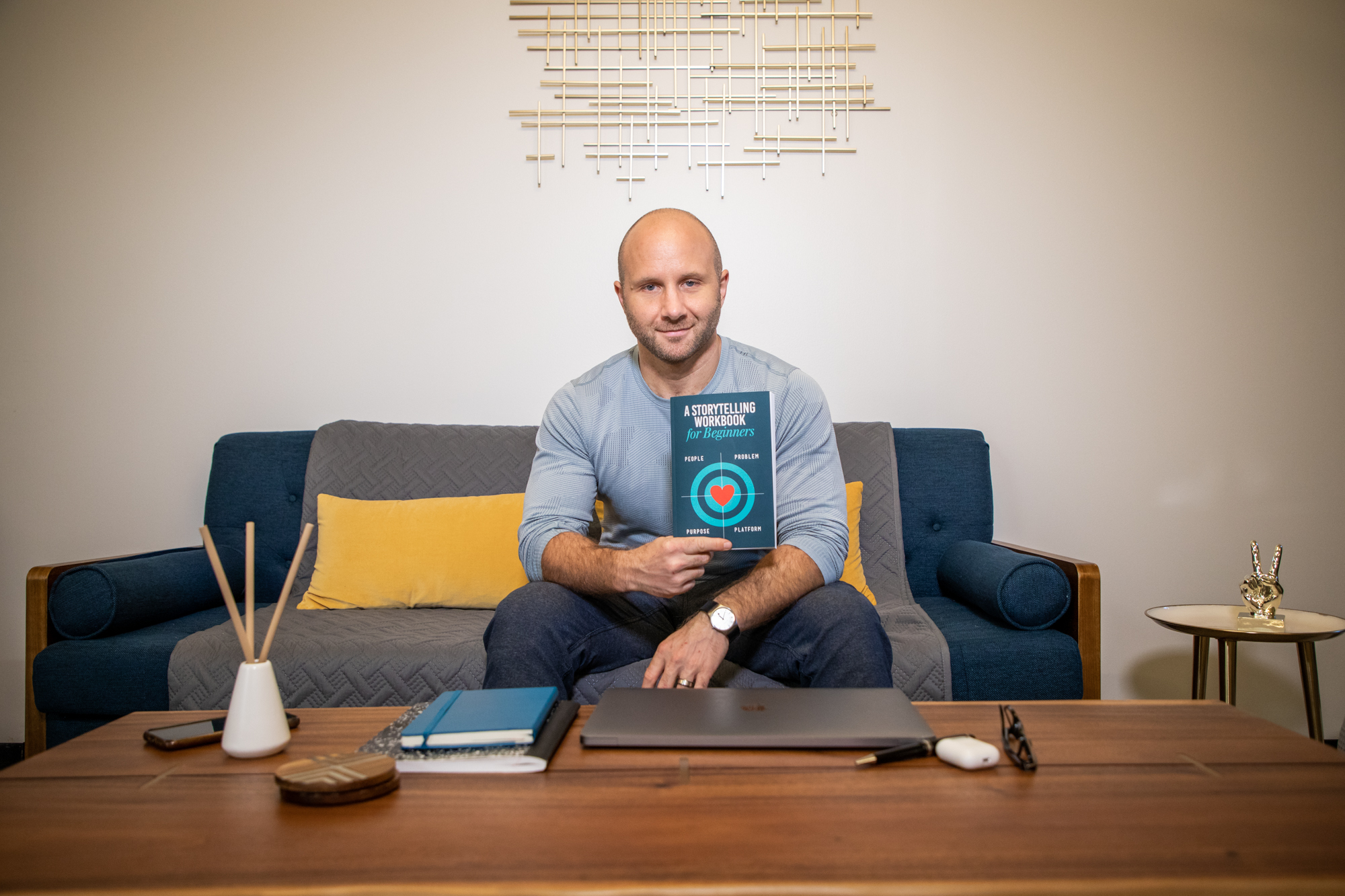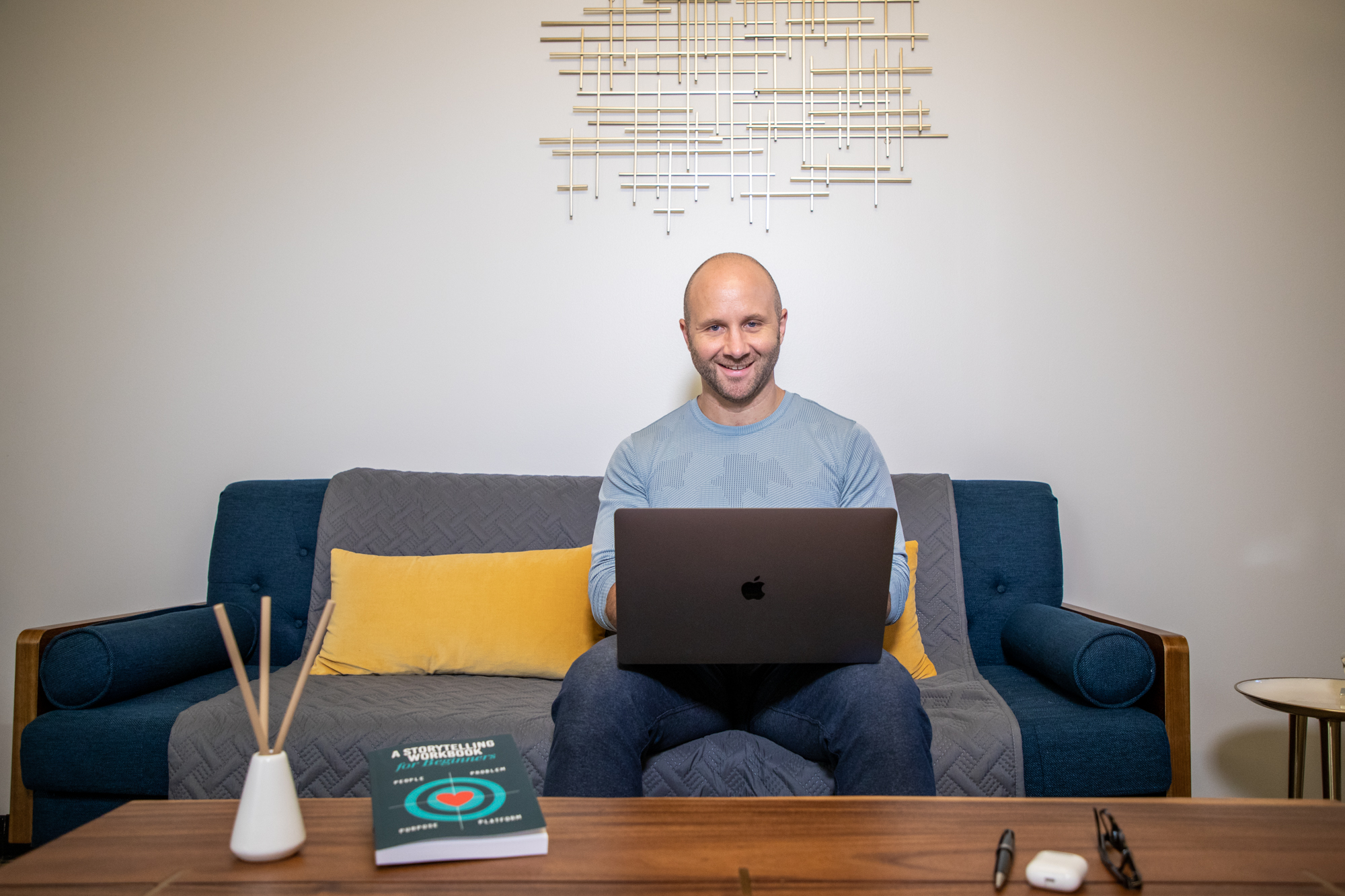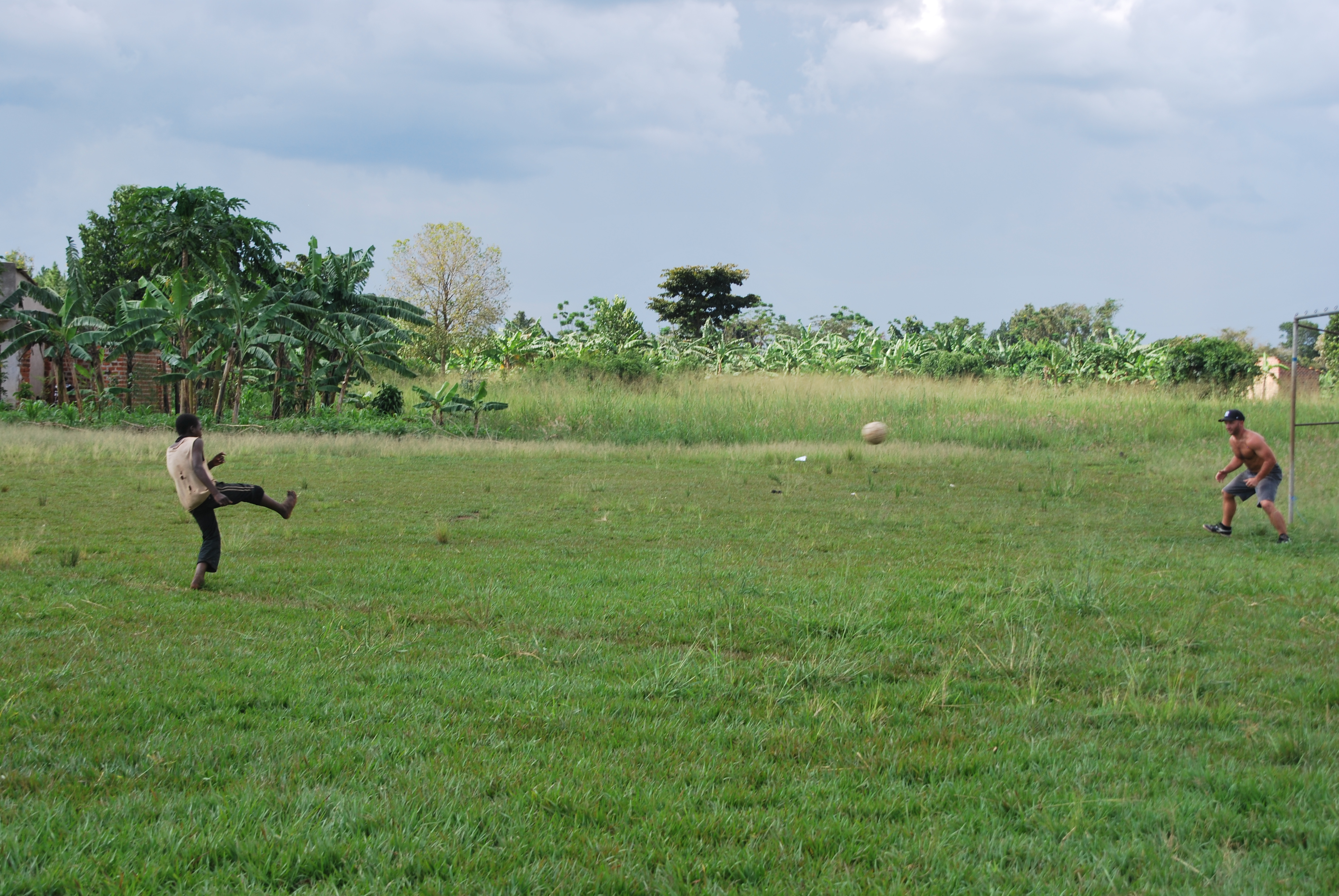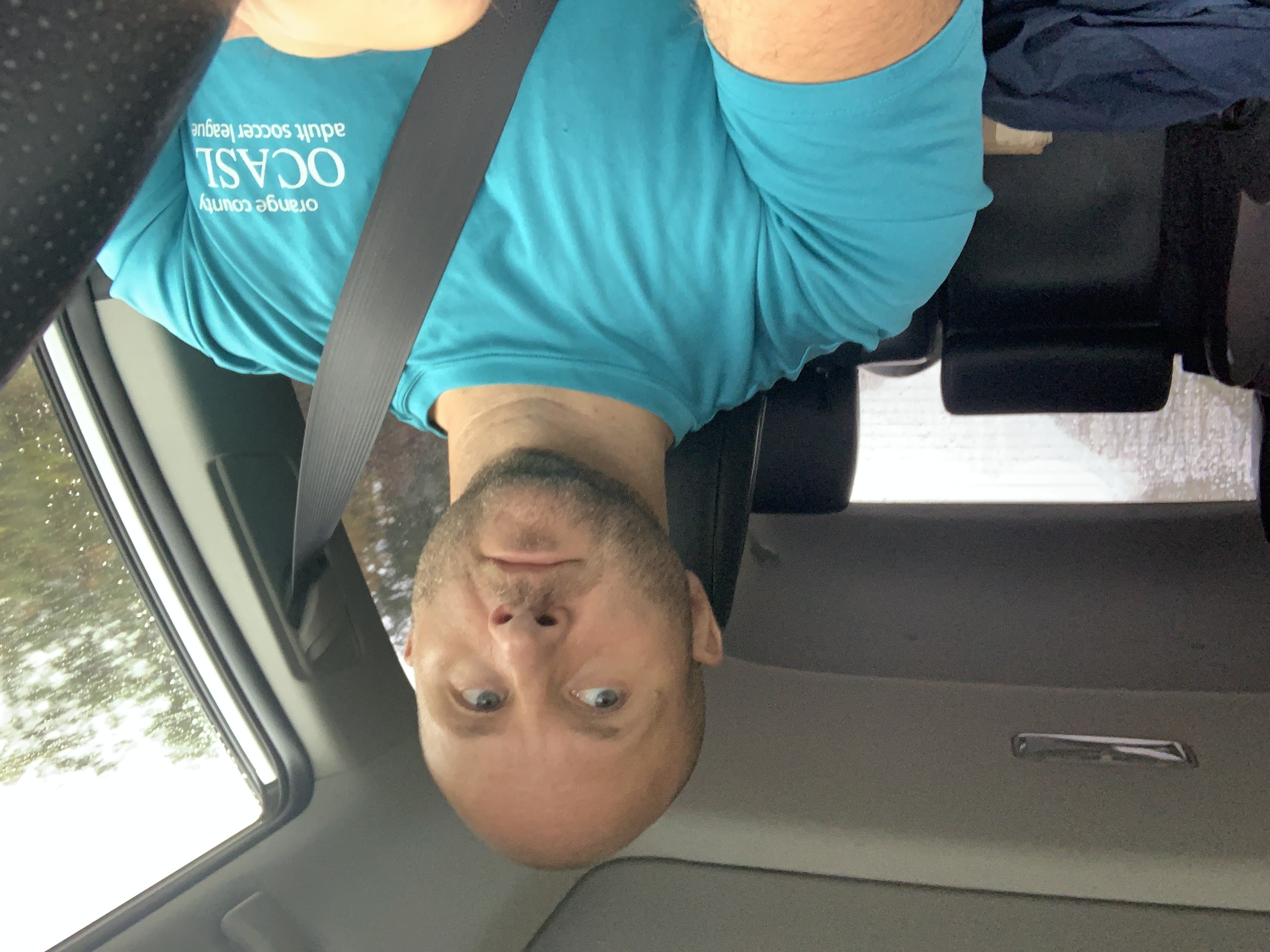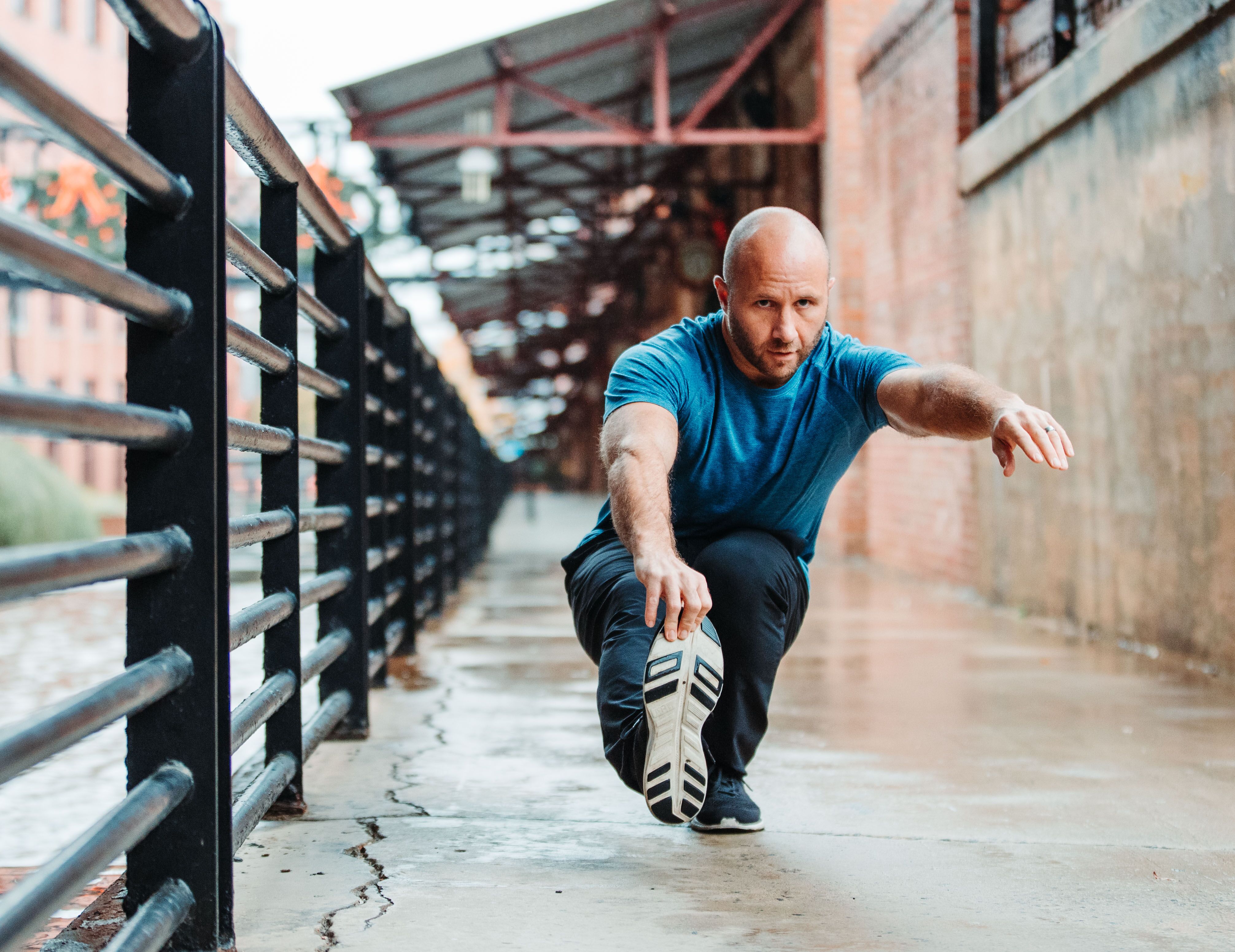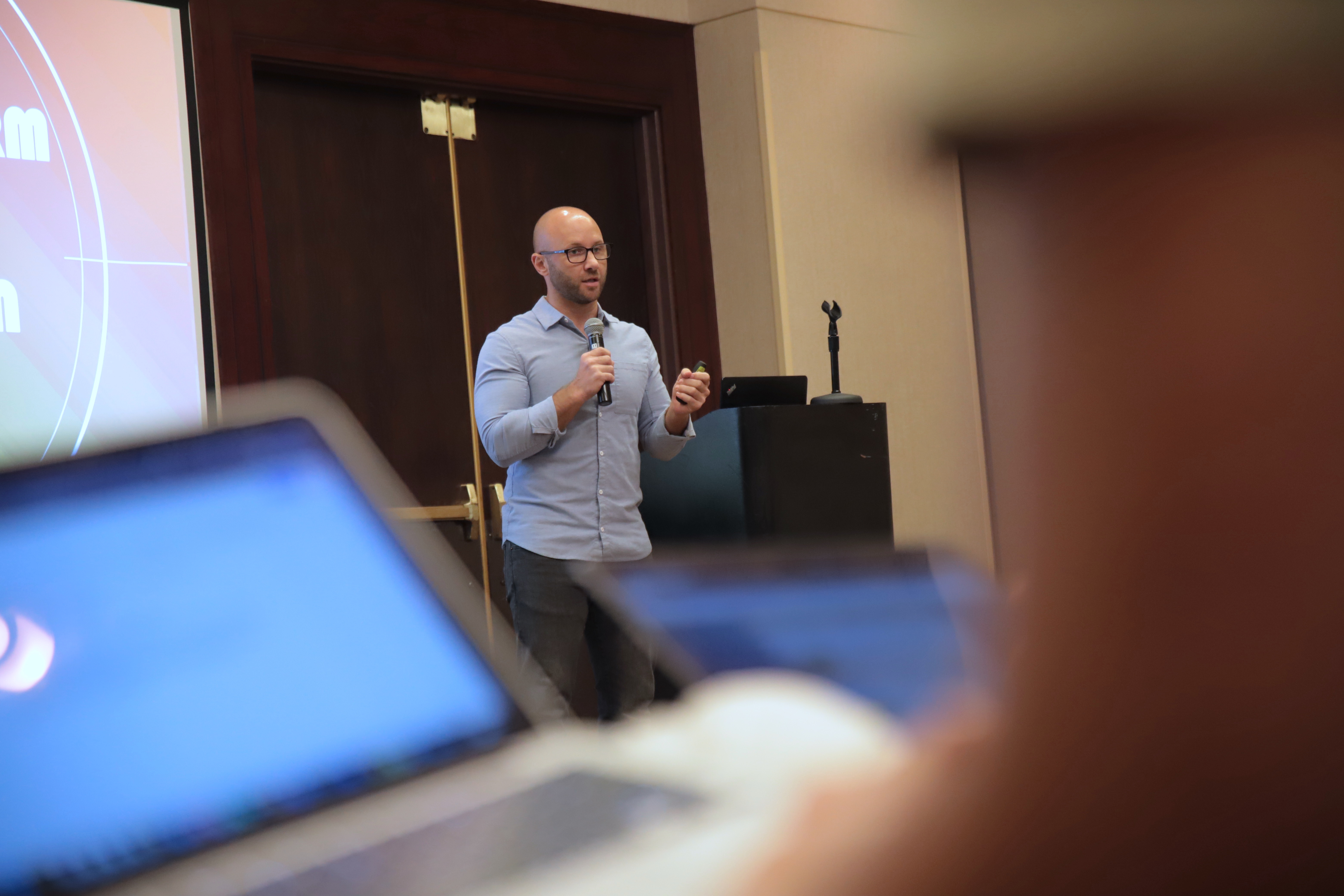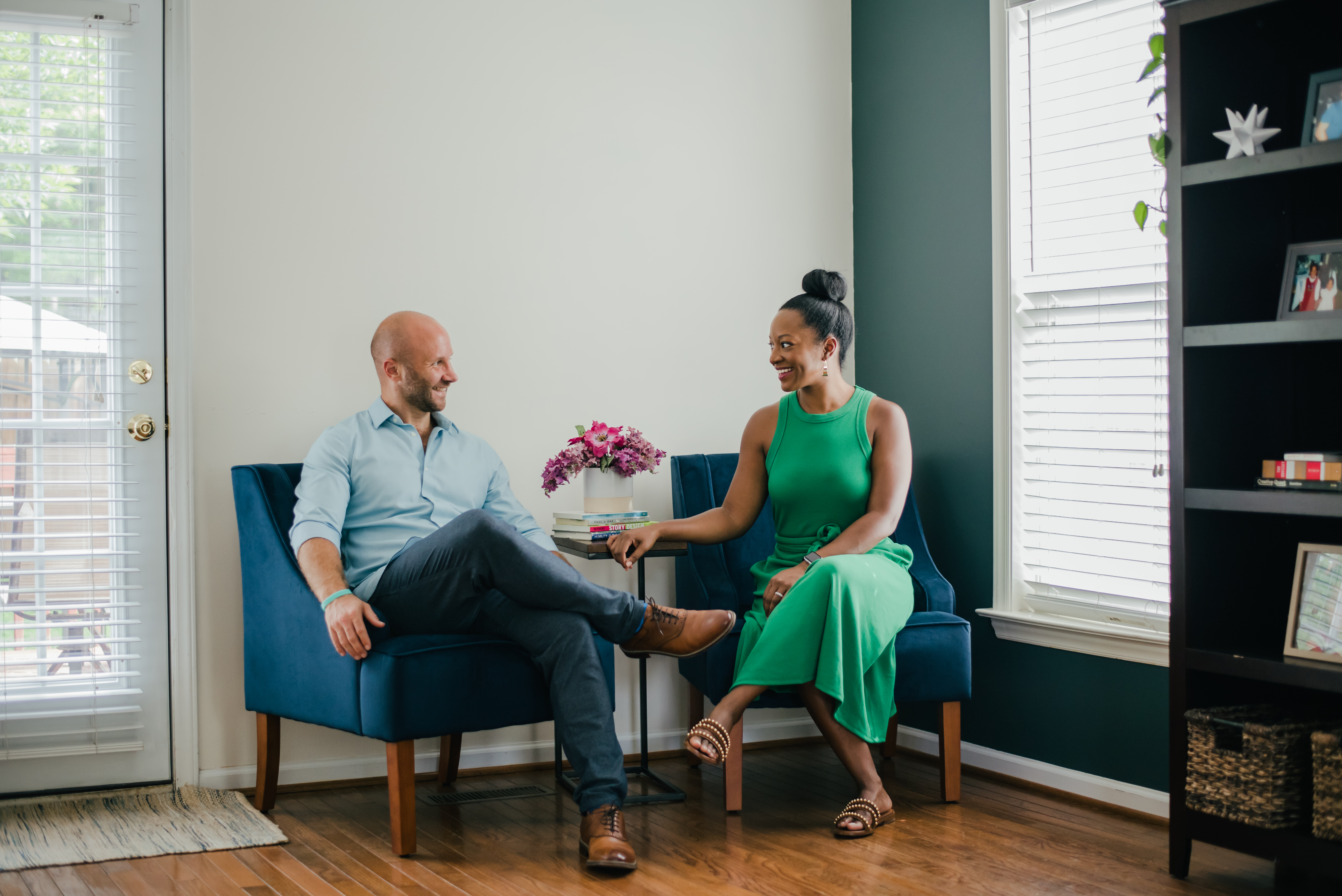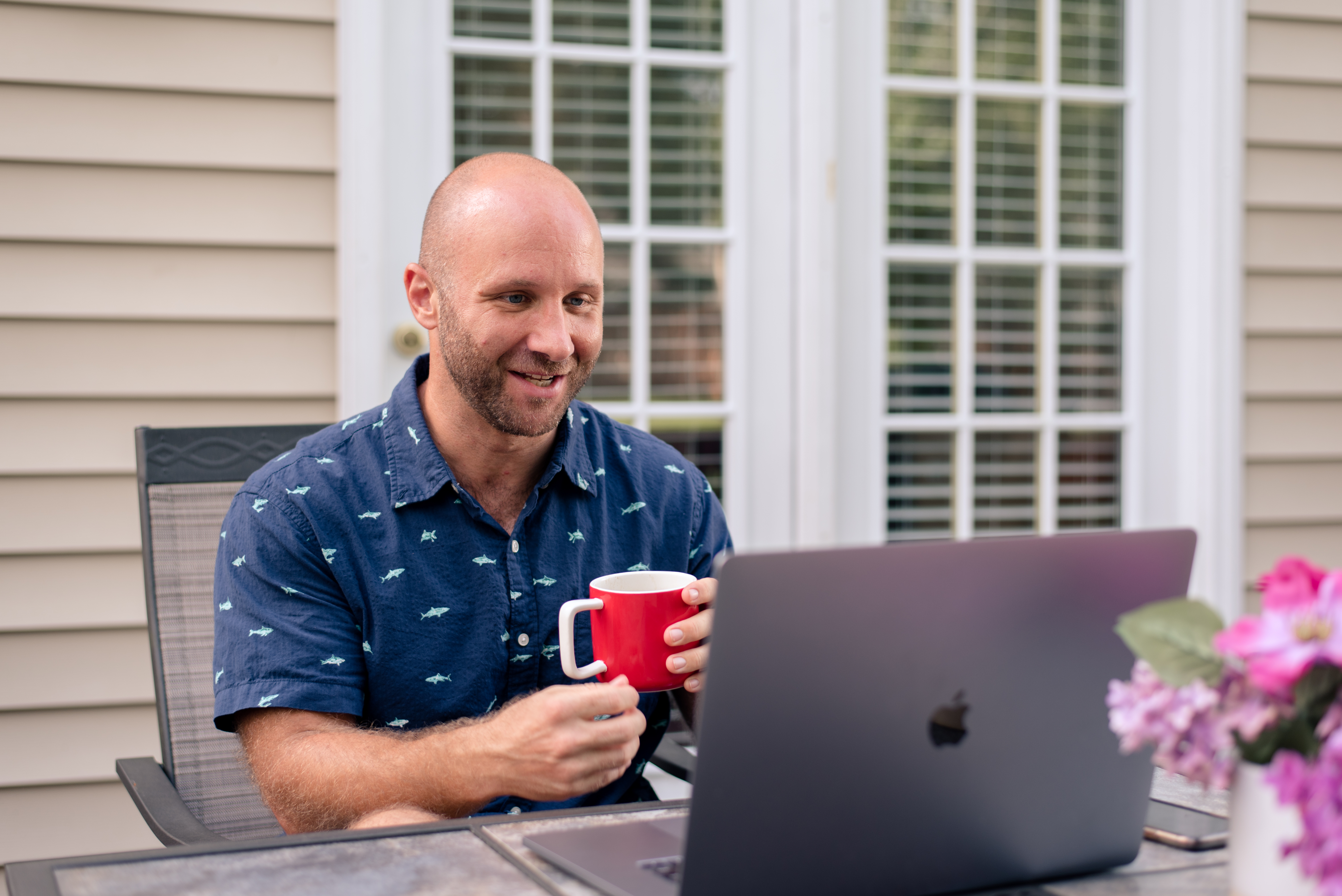 I just meditated for the first time since my daughter was born on April 9th. For the past month, it’s been hard to stay on schedule with anything, and that 20 minutes of “me time” early in the morning was the first to go. But it was also the most notable negligence throughout my days.
I just meditated for the first time since my daughter was born on April 9th. For the past month, it’s been hard to stay on schedule with anything, and that 20 minutes of “me time” early in the morning was the first to go. But it was also the most notable negligence throughout my days.
I couldn’t focus when I was reading, I was sluggish and tired, and I wasn’t able to maintain any discipline throughout my day — whether it be lack of exercise, procrastination, or eating poorly. Granted, we had a newborn at the house and all schedules were thrown out the window, but I needed to get back on my regimen.
While many people, especially parents, can acknowledge this as “normal” for just having a baby, and that being tired and sluggish is part of the price, I could specifically feel the difference in not having my daily mental practice. It was having an effect on my wellbeing.
My daily practice wasn’t always like this. In fact, one never existed. But as I got older, lost interest in partying, and decided to focus more on my craft and career, I knew I had to look for tactics and techniques to harness that focus.
Meditation was something always a little too “woo woo” for me. When I was a kid, I imagined it as some sort of transcendental experience where hallucinate, or obtain some out-of-body feeling, or are deep in hypnosis. Hell, maybe you levitated for all I knew. I just knew it was something for ultra-hippies or Buddhists and was too weird for a jock kid like me.
As I got older, and more into fitness, I began hanging out with martial artists who would talk about the positive effects of meditation. They demystified it for me, explaining that it was really just a breathing exercise. I realized the benefits of it, but it was still too “chi” for me.
It wasn’t until last year, when I really doubled down on becoming more productive, that I finally decided to give it a shot. Every successful person that I looked up to — whether entrepreneur, athlete, or entertainer — seemed to have some sort of mindfulness routine. I couldn’t listen to any of my podcasts (another practice in my quest to be better) without hearing how much it helped these people be high performers.
But I still struggled with the thought that prevents most of us from even attempting to meditate: “There’s no way I can sit still and think about NOTHING for twenty minutes.”
My good friend and popular strength coach, Dan John, first told me about the One Minute Meditation app (OMM, get it?). This was a great place to start because anyone can calm down and focus on his or her breath for a minute, right? I tried it and really felt the effects of slowing down, even just for a minute. It calmed me down.
But I also understood that slowing my breathing down slowed my heart rate down, which could be what I was experiencing. I wanted to take it to the next level.
The head honcho of meditation apps has been Headspace for quite some time, especially for beginners. Guided meditation and mindfulness, they call it. I thought the guided part would be helpful; I was still having trouble calming my mind and most people like me really benefited from the app walking you through the twenty minutes (you can also choose 3, 5, 10, or 15 minutes).
When Tim Ferriss broke it down for me on his podcast, though, I finally understood what meditation was. It was an exercise to calm your thoughts and sharpen your focus.
Tim says (and I paraphrase), “If you are bouncing around in your monkey mind for 19 minutes, but for that last minute, you are able to focus on your breathing, you have prepared that ‘muscle’ for the work it will do throughout the day.”
It made sense to me! This was essentially like warming up before a game, or before you work out. When we wake up, our bodies are cold and stiff, but after we move around a little bit, or perhaps do some light exercising and stretching, our bodies become more limber. The same thing happens to our minds. We warm it up, then it can move and function properly.
This makes it easy to focus on your work and not glance over to your phone all day. Or at least if you do, you are conscious of it and can slam that phone back down and slap your own wrist.
After making this a standard routine in my mornings (I woke up 30 minutes earlier to fit it in), it was just like exercise. The first day, even the first week, was tough and I wanted to quit. But after a few weeks of making myself do it, regardless of how I felt, I noticed that I was much calmer and less anxiety-ridden throughout the day.
It wasn’t so new to me, after all. It was just like staying in shape. It took time to see the benefits, but if I missed a day or worse, a week, I felt sluggish and lethargic.
I find most things are the same in terms of our long-term approach to improvement. They all require a few simple instructions:
Take action, be disciplined, be patient, and trust the process.
Watch what Tim Ferriss has to say about starting meditation here:
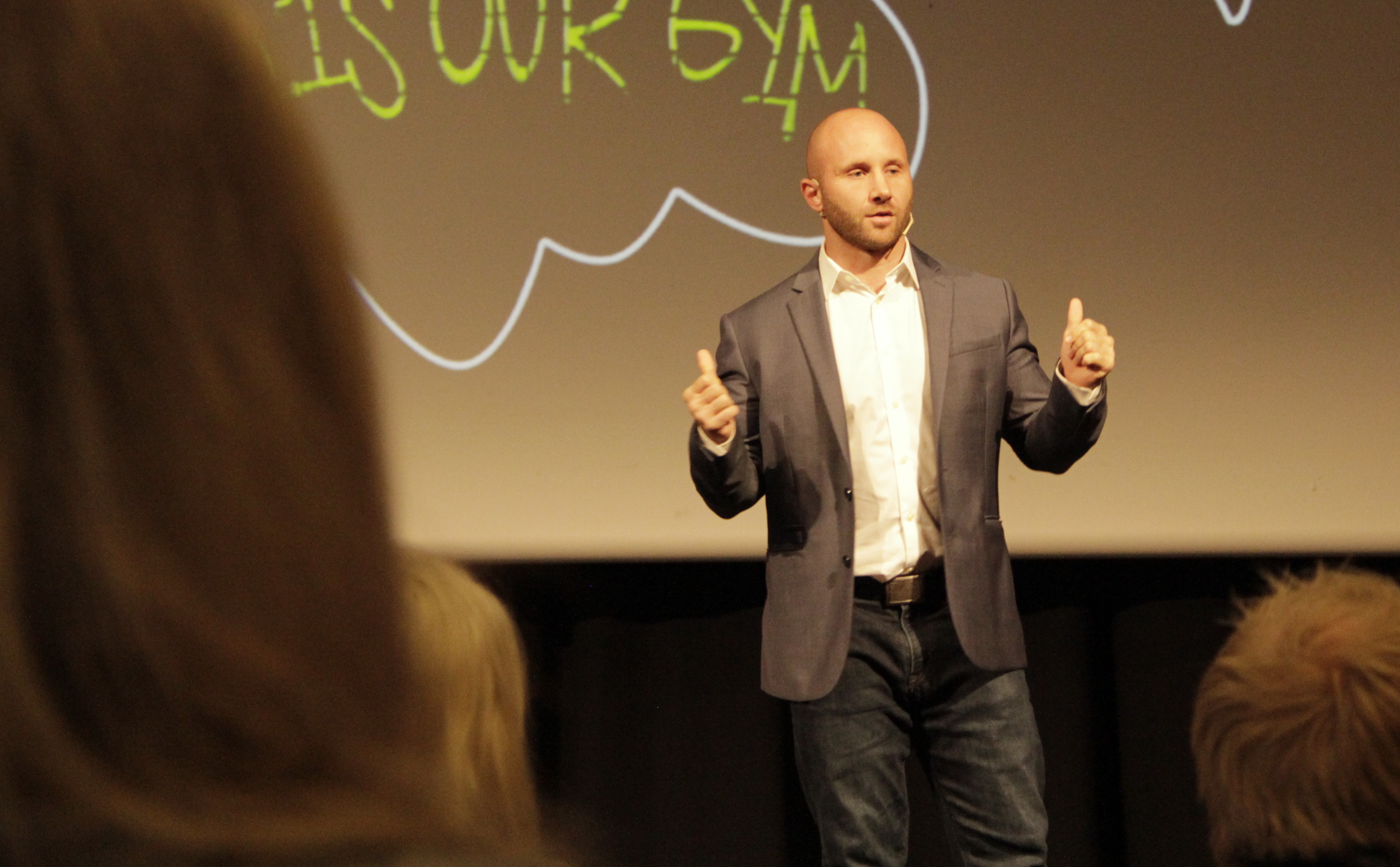
Picture via Rain Bennett
Rain Bennett is a two time Emmy-nominated filmmaker, fitness professional, public speaker, and writer. His mission is simple: to help people realize that they too can be great, no matter where they come from or what they start with. It just takes passion, persistence, and a plan.
Bennett directed and produced his first feature length documentary in true indie fashion by traveling the world with only a backpack and a Canon DSLR camera. That film, Raise Up: The World is Our Gym won “Best of the Fest” at the Hip Hop Film Festival NYC and received global distribution through Red Bull Media House. He’s been featured in publications like Men’s Health and Sports Business Global and is a regular contributor to Breaking Muscle. When he’s not making movies or training clients at Sync Studio in Durham, he’s hosting a new webseries called The Perfect Workout Show.

